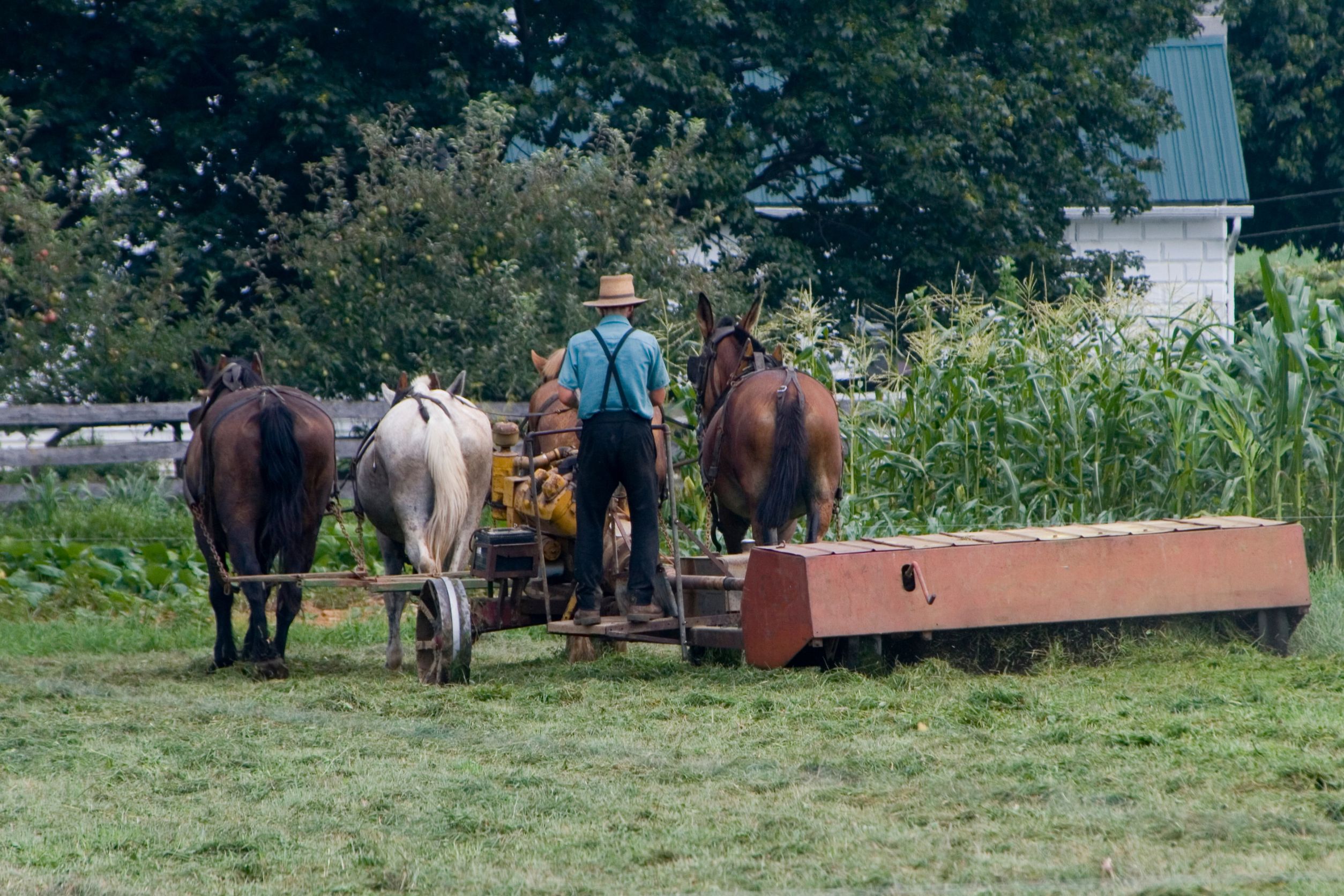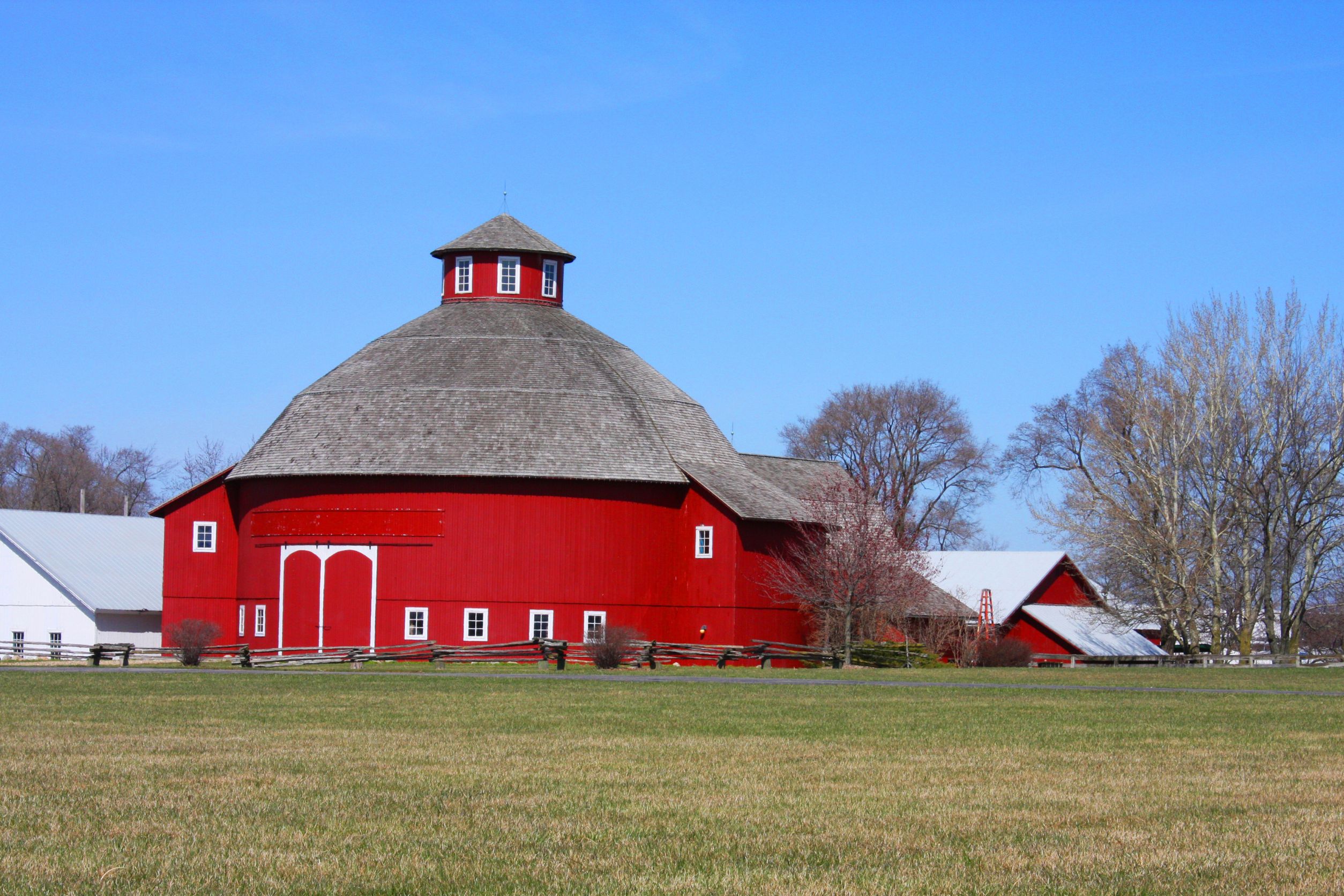
The Amish community often finds itself at the center of many misconceptions. From their lifestyle to their beliefs, much of what people think they know about the Amish isn’t entirely accurate. Let’s clear up some of these misunderstandings and shed light on the real Amish way of life.
1. Amish People Don’t Use Technology

One of the biggest misconceptions is that Amish people shun all technology. While it’s true that they are selective about the technologies they adopt, many Amish communities use technology in ways that align with their values. For instance, they might use battery-powered tools or solar panels. Some even have telephones, though often these are located outside the home to maintain separation from daily life.
The key is how technology impacts their community and spiritual life. It’s not about rejecting technology outright but rather about integrating it thoughtfully.
2. They Live in Total Isolation

Many people believe that the Amish live completely cut off from the rest of the world. In reality, the Amish interact regularly with non-Amish individuals and communities. They participate in local markets, sell goods, and hire drivers for longer trips. Amish children attend public schools in some areas until the eighth grade.
While they do have a distinct way of life, they are not entirely secluded. Their interactions with the outside world are just more measured and purposeful.
3. All Amish People Are Farmers

When people think of the Amish, they often picture them as farmers. While agriculture remains a significant part of Amish life, not all Amish people are farmers. Many work in construction, woodworking, and small businesses. Some run stores, produce crafts, or work in manufacturing.
The Amish adapt their occupations based on available resources and community needs. Farming is important, but it’s not the only livelihood they pursue.
4. They Don’t Educate Their Children

A common myth is that Amish children don’t receive a proper education. In truth, Amish children attend school through the eighth grade, which is seen as sufficient for their needs. These schools focus on practical skills and moral teachings relevant to their way of life.
Education continues informally at home and in the community through apprenticeships and on-the-job training. The emphasis is on learning that directly supports their lifestyle and values. Their education system is different, but it is robust and purposeful.
5. Amish Life Is Stuck in the Past

Many assume that the Amish live exactly as their ancestors did hundreds of years ago. While they maintain traditional ways, the Amish do adapt and change over time. They carefully consider new technologies and practices, adopting those that align with their values.
For example, some Amish use tractors without rubber tires or propane-powered appliances. Their lifestyle evolves, just in a more deliberate manner. They balance tradition with practicality and community welfare.
6. They Reject Modern Medicine

It’s often thought that the Amish refuse all forms of modern medicine. In reality, Amish communities do use modern medical services, especially for serious conditions. They may prefer natural remedies for minor ailments, but they don’t entirely reject conventional medicine.
Many Amish have regular check-ups and use medications when necessary. They prioritize health but often seek a balance with their natural lifestyle. Healthcare decisions are made on a case-by-case basis, considering both tradition and necessity.
7. All Amish Are the Same

The Amish community is diverse, with varying practices and beliefs across different groups. There are several affiliations, such as Old Order, New Order, and Beachy Amish, each with distinct customs and levels of technology use. Practices can differ widely from one district to another.
The Amish are not a monolithic group but a collection of communities with shared core values and varied expressions. Understanding this diversity is key to appreciating their way of life. Each community’s practices reflect their interpretation of faith and tradition.
8. They Don’t Pay Taxes

A persistent myth is that the Amish don’t pay taxes. In reality, Amish people pay all applicable taxes, including income, property, sales, and school taxes. They are exempt from Social Security taxes because they do not collect Social Security benefits, due to their religious beliefs.
However, they do contribute to their community’s welfare in other ways. They support each other through mutual aid and self-reliance. Their tax responsibilities are the same as any other citizen, minus Social Security contributions.
9. Amish Marriages Are Arranged

Many believe that Amish marriages are arranged by families, but this is not the case. Amish individuals choose their own spouses, though within the context of their community. Courtship is a private matter, often starting with social gatherings and progressing to more serious intentions. Parental approval is important, but the choice ultimately lies with the couple.
Marriage is seen as a lifelong commitment and is taken very seriously. The process is community-focused but respects individual choice.
10. They Don’t Have Fun

The stereotype of the Amish as somber and joyless is far from the truth. Amish people enjoy various recreational activities, including sports, games, and community gatherings. They have vibrant social lives centered around family and community events. Music, though often acappella and religious, is also a part of their lives.
Fun is viewed through the lens of simplicity and community rather than materialism. They find joy in fellowship, nature, and shared experiences.
11. They Reject All Modern Conveniences

The idea that Amish people reject all modern conveniences is a misconception. They often use modern tools and equipment in ways that don’t compromise their values. For instance, they may use gas-powered engines for farming or battery-operated lights.
Convenience is not rejected but is integrated in a manner that supports their lifestyle. Their choices are about maintaining a simple, community-centered life. Each community decides what modern conveniences fit within their way of life.
12. They Don’t Engage in Politics

While the Amish do not typically vote or run for public office, they are not entirely disengaged from politics. They keep informed about political matters and can be quite knowledgeable. Their approach to politics is one of non-involvement due to their religious beliefs in separation from worldly affairs.
However, they engage in civic duties and can influence local policies indirectly through their economic contributions. They seek to live peacefully and maintain their way of life. Their political stance is more about maintaining community integrity than apathy.
13. They Are Oppressed

The view that Amish people are oppressed by their lifestyle or community is inaccurate. While their way of life is strict and disciplined, it is chosen freely and upheld by collective agreement. Leaving the community is possible and happens sometimes.
Many Amish people express contentment and fulfillment with their way of life. The community’s rules are seen as supportive rather than restrictive. Their lifestyle is a conscious choice that reflects their values and beliefs.
14. They Don’t Use Electricity

It’s a common belief that the Amish don’t use any electricity. While many Amish avoid public electricity grids, they often use alternative power sources like batteries, generators, and solar panels. This allows them to power necessary appliances without relying on external systems. The goal is to remain self-sufficient and avoid outside dependence.
Electricity use is more nuanced than outright rejection. They balance technology use with their principles of simplicity and community.
Understanding the Amish

Misconceptions about the Amish often stem from a lack of understanding and exposure. By debunking these myths, we can appreciate the Amish for who they truly are; a diverse and thoughtful community that balances tradition with practicality. Let’s respect their choices and recognize the richness of their culture.
Read More
The Decline of Religion: 12 Simple Reasons People Are Less Religious
8 Cults That Changed the Course of History

Vanessa Bermudez is a content writer with over eight years of experience crafting compelling content across a diverse range of niches. Throughout her career, she has tackled an array of subjects, from technology and finance to entertainment and lifestyle.
In her spare time, she enjoys spending time with her husband and two kids. She’s also a proud fur mom to four gentle giant dogs.






